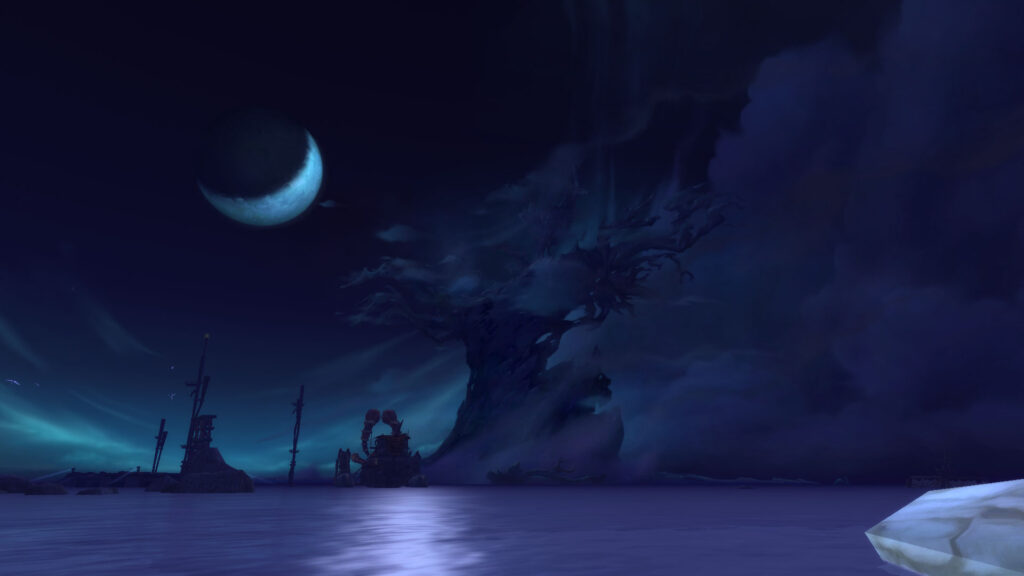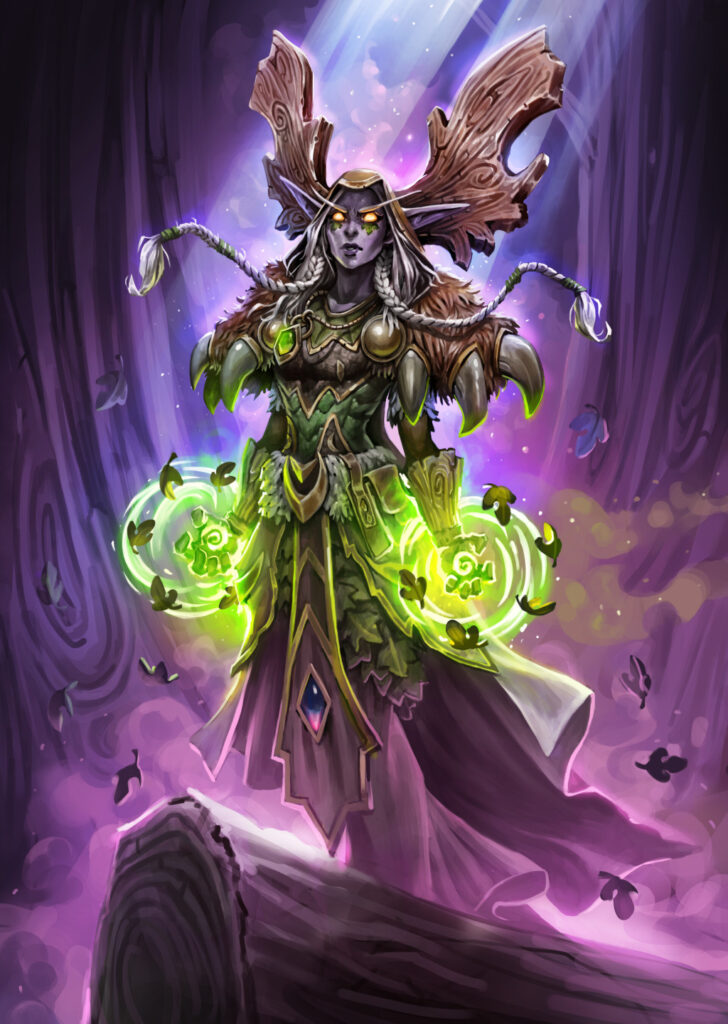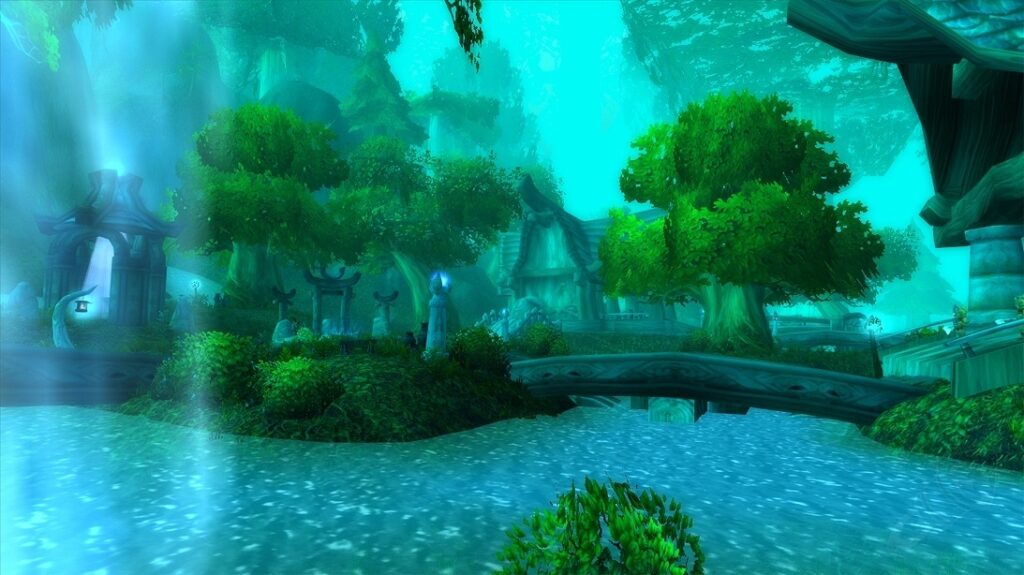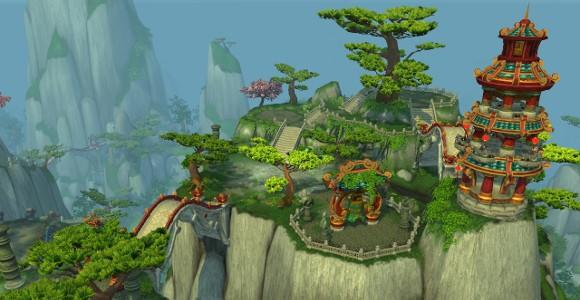
Captivating scene of Azeroth's World Tree in flames beneath the enigmatic glow of a crescent moon, portraying a moment of profound significance in the game's narrative
The Future of Azeroth: Navigating the Ebb
World of Warcraft (WoW), once the undisputed titan of the MMORPG genre, has faced a decline in recent years. However, amidst speculation about the death of WoW, Blizzard Entertainment has announced the next three expansions. In this article, we will explore the factors contributing to WoW’s decline. The Future of Azeroth is still uncertain for many players.

The Golden Age of Azeroth: The Future
World of Warcraft captured the hearts of millions with its immersive world, compelling storytelling, and social experiences. From its launch in 2004, WoW dominated the MMORPG landscape, setting a new standard for the genre. The game’s success was fueled by regular expansions that introduced fresh content, maintaining the engagement of the player base.

The Shift in Gaming Trends: The Future
As gaming trends evolved, WoW faced challenges from free-to-play games, battle royales, and mobile gaming. The subscription-based model, which had sustained the game for years, became a potential barrier for many players. However, despite these challenges, the MMORPG giant persisted, adapting to the changing landscape with expansions like “Shadowlands” in 2020.

Blizzard’s Response: The Next Three Expansions – The Future
Contrary to the narrative of WoW’s demise, Blizzard Entertainment has announced the next three expansions, signaling their commitment to the future of Azeroth. This strategic move challenges the perception of a dying game and hints at the developers’ dedication to revitalizing WoW. The expansions promise new lands, characters, and challenges, reminiscent of the golden age that defined WoW’s success.

Addressing Player Concerns
Blizzard’s decision to unveil three expansions may be seen as a response to player concerns about content droughts and the extended gaps between releases. By laying out a roadmap for the future, Blizzard aims to assure players that Azeroth will continue to evolve, offering fresh experiences to both loyal fans and potential newcomers.

Monetization Strategies
The announcement of multiple expansions also raises questions about Blizzard’s approach to monetization. In a gaming landscape dominated by free-to-play and microtransactions, WoW’s subscription-based model faced challenges. The expansions could be a part of Blizzard’s strategy to diversify monetization and adapt to the industry’s evolving financial models, ensuring the game’s accessibility and appeal to a broader audience.

Learning from Past Mistakes
The decline in WoW’s player base was not solely due to market trends; Blizzard faced controversies and criticisms, affecting player trust. The company’s commitment to addressing these issues and learning from past mistakes is crucial for the success of the announced expansions. By delivering on promises, engaging with the community, and prioritizing quality, Blizzard can rebuild player confidence and pave the way for WoW’s resurgence.

The recent announcement of three expansions challenges the narrative of World of Warcraft’s impending demise. Blizzard’s strategic move to outline the future of Azeroth indicates a commitment to revitalizing the game and addressing player concerns. While WoW has faced challenges from shifting gaming trends and internal controversies, the next expansions could mark a new era for Azeroth, ensuring its relevance in the ever-changing landscape of online gaming. As players eagerly anticipate the unfolding chapters in WoW’s story, the fate of Azeroth remains an evolving saga, with the potential for a triumphant resurgence in the face of industry challenges.